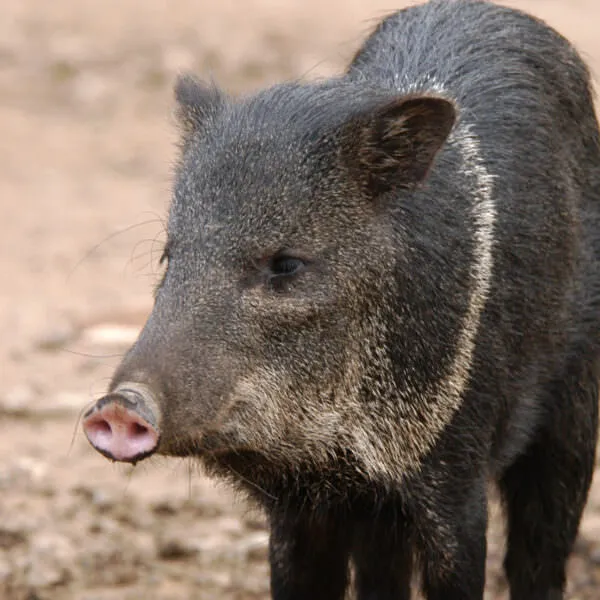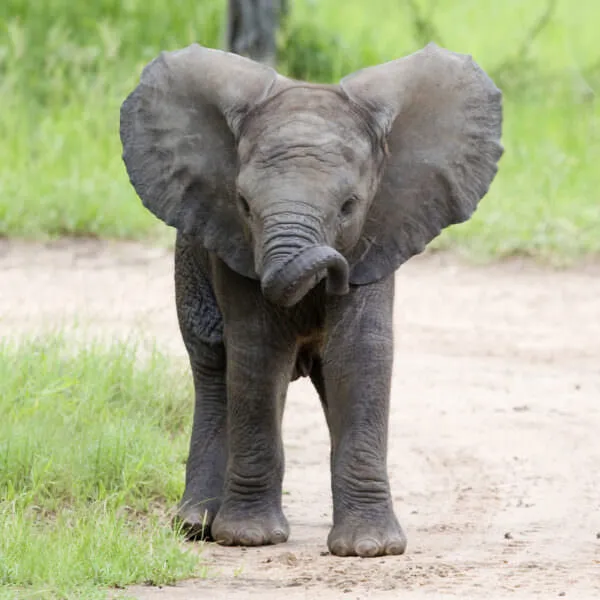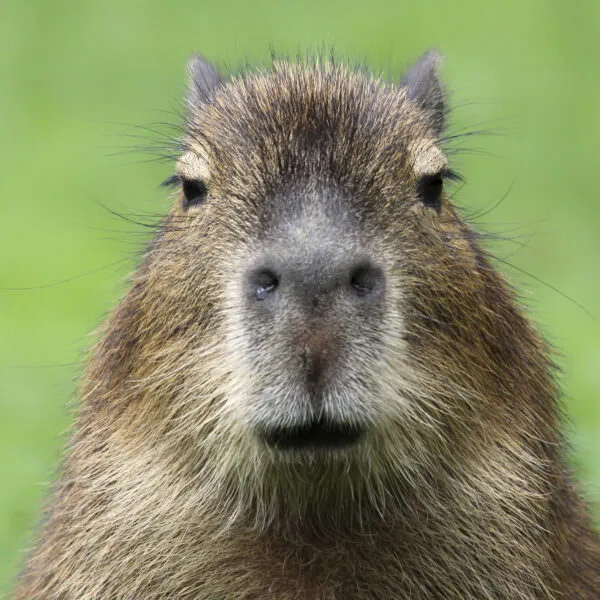Anatomy
Measuring up to four feet long, ocelots are about twice the size and weight of ordinary house cats. Female ocelots are slightly smaller than the male usually growing to 2 1/2 feet in length. The female ocelot carries a litter of two kittens and parents them for a year. Males do not share in the parental responsibilities. The ocelot’s buff to sandy brown-colored coat is covered in a mixture of black spots and small rosettes with distinct markings around the mouth and eyes. Its underbelly is light with black spots and its 14-inch long tail is covered in dark spots.
We're All In
Together, we're building a future where people and nature thrive. Sign up today and join our movement...
Habitat
The ocelot’s main requirement for survival is dense foliar cover, which may vary from arid scrub to tropical forest. This flexibility allows ocelots to populate an area from southern Texas through Central and South America. Ocelots are terrestrial and mostly nocturnal. They tend to sleep hidden in thick vegetation on the ground, but may climb trees during the day to rest. Males and females will sometimes share a territory, which may be up to three square miles in area.
Diet
Being nocturnal, ocelots hunt at night. Because they swim well, they will often hunt for fish. As occasional climbers, they will catch birds. Small rodents, rabbits, opossum and iguanas are also a main source of prey. The female ocelot’s range is about 1 1/2 miles, while the male’s can be up to 11 miles.
Threats
Ocelots have been hunted since the ancient Aztec civilization. The highly prized, distinctive coat is an incentive to poachers. Their numbers continue to diminish today because, along with demand for fur, they are trapped for the exotic pet trade. Deforestation combined with direct human threats put the ocelot on the Endangered Species List in 1972.
Sources
- Jukofsky, Diane. Encyclopedia of Rainforests. Connecticut: Oryx Press, 2002.
- „Ocelot,“ Big Cats Online website, 2007
- University of Michigan Museum’s Animal Diversity Web website, 2007
- The IUCN Red List of Threatened Species



